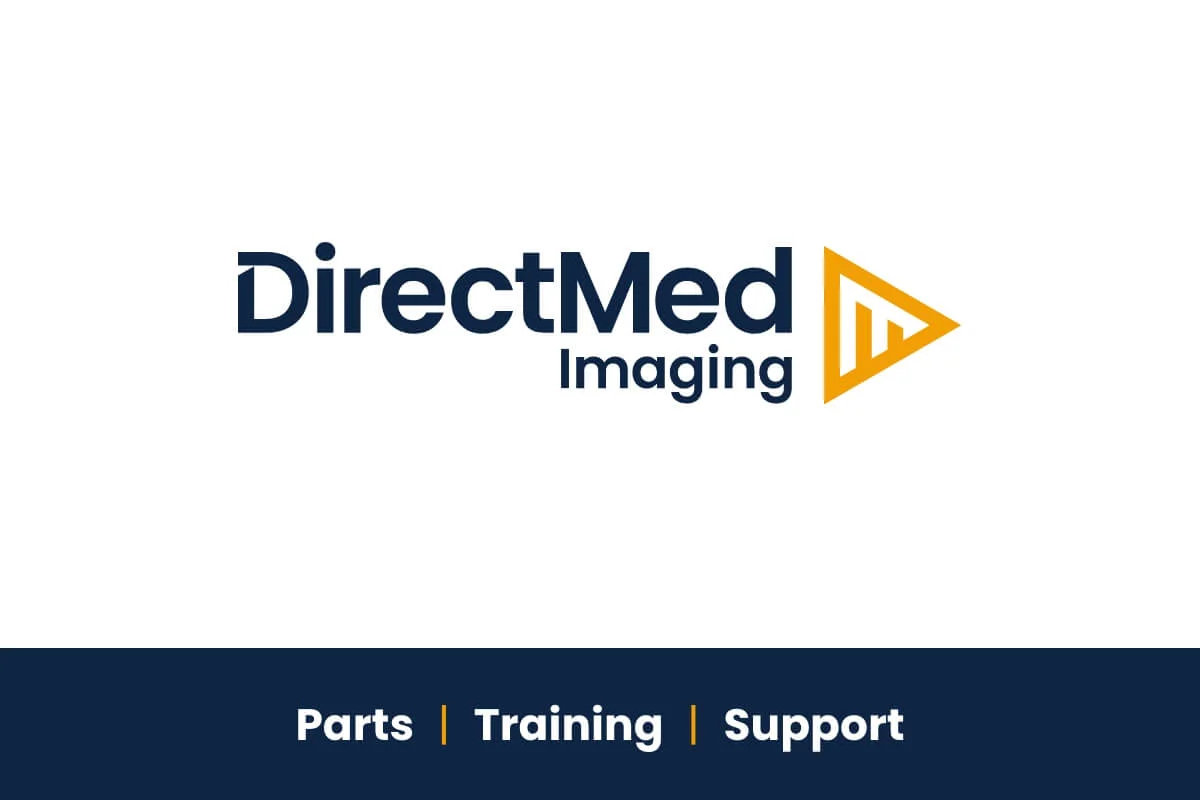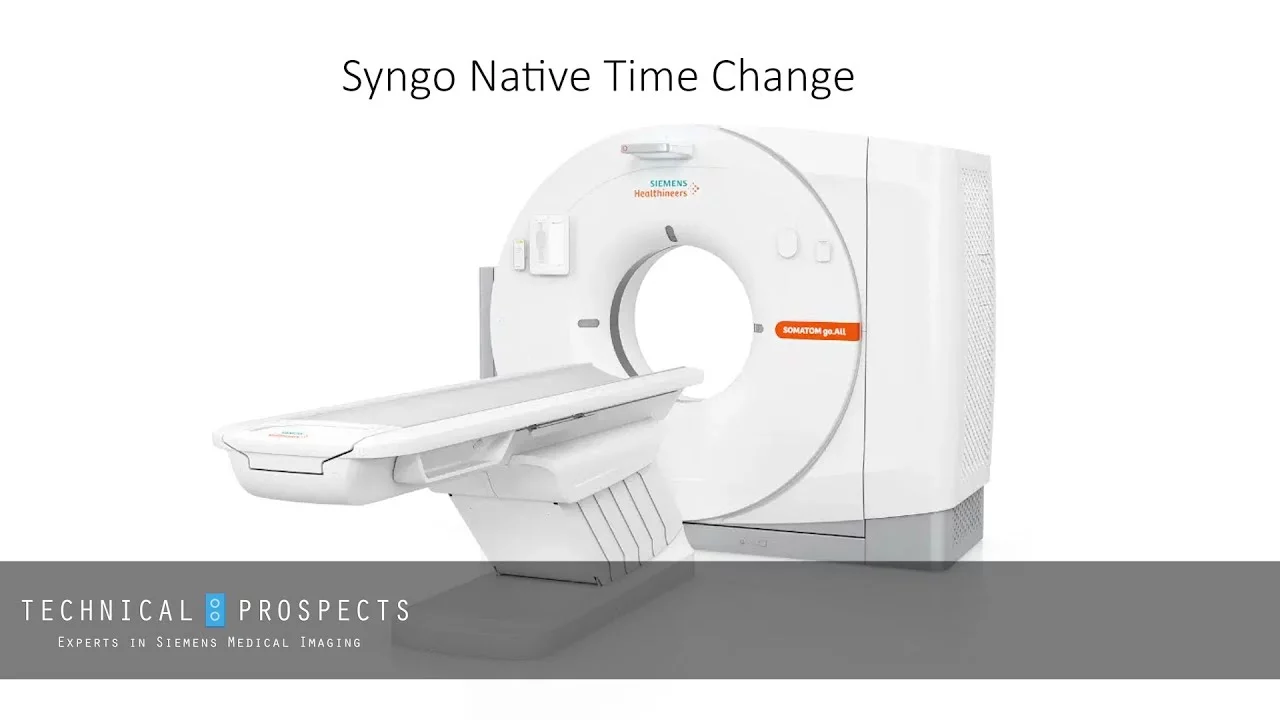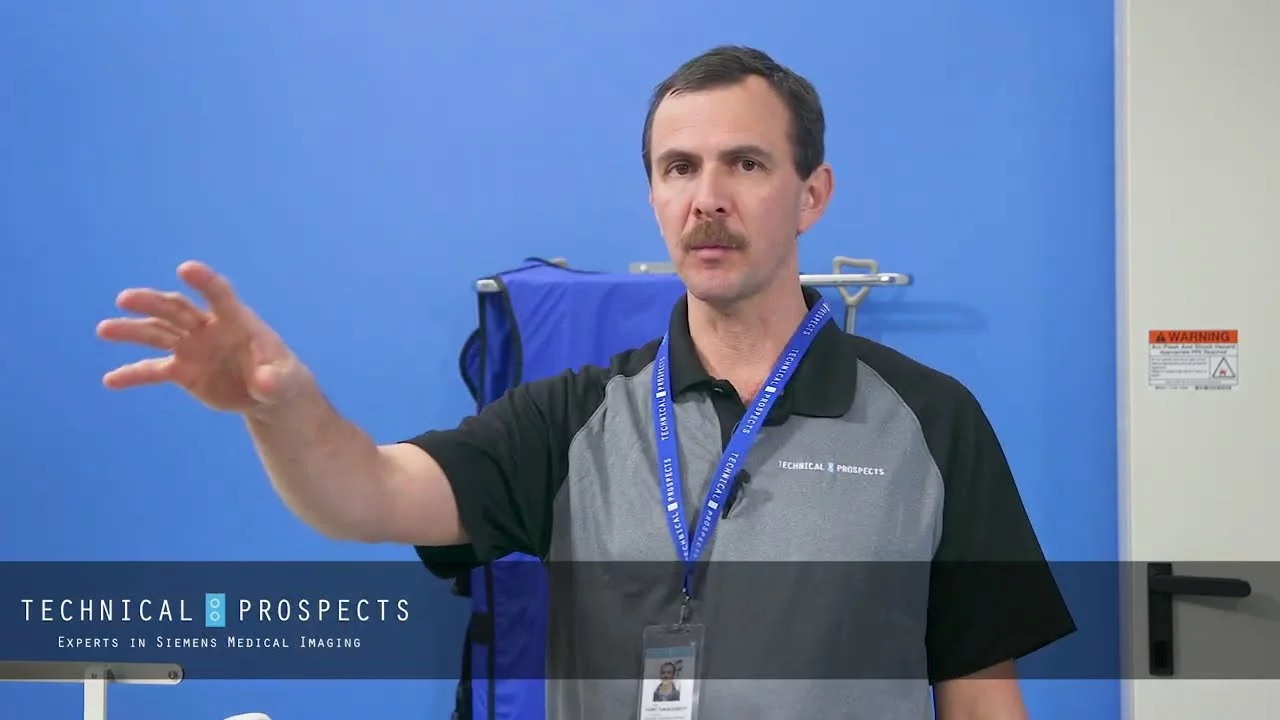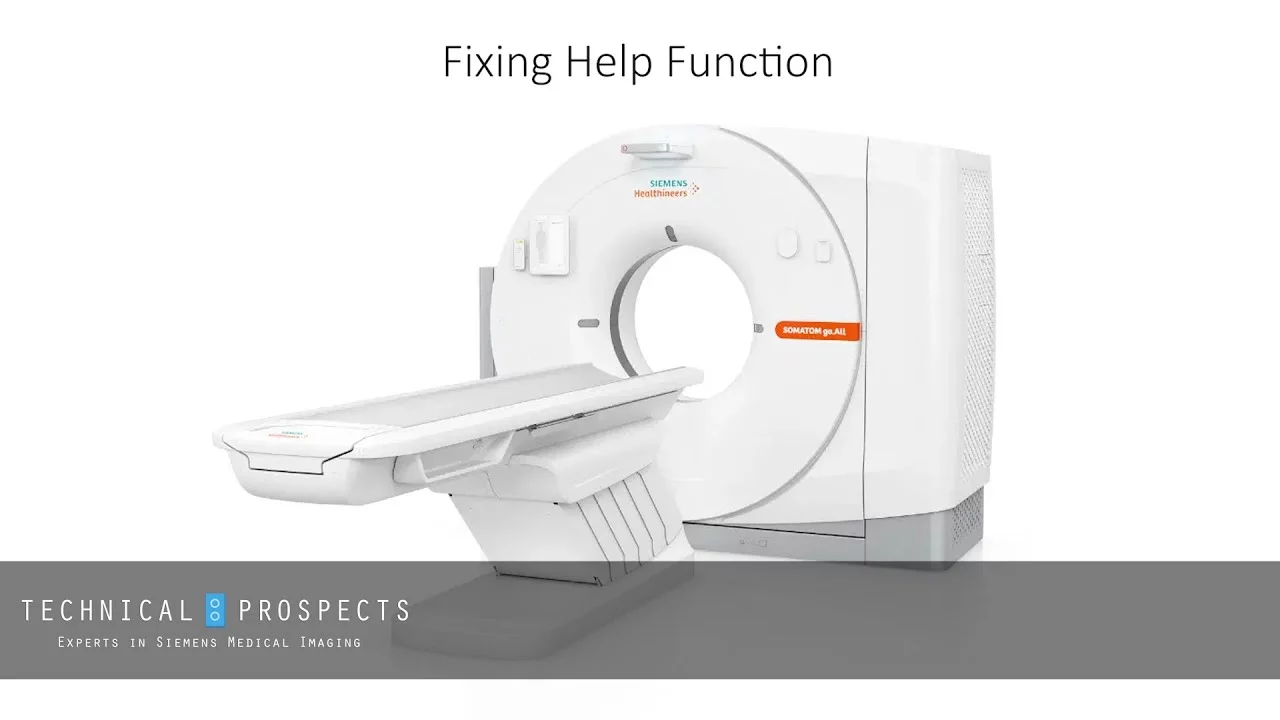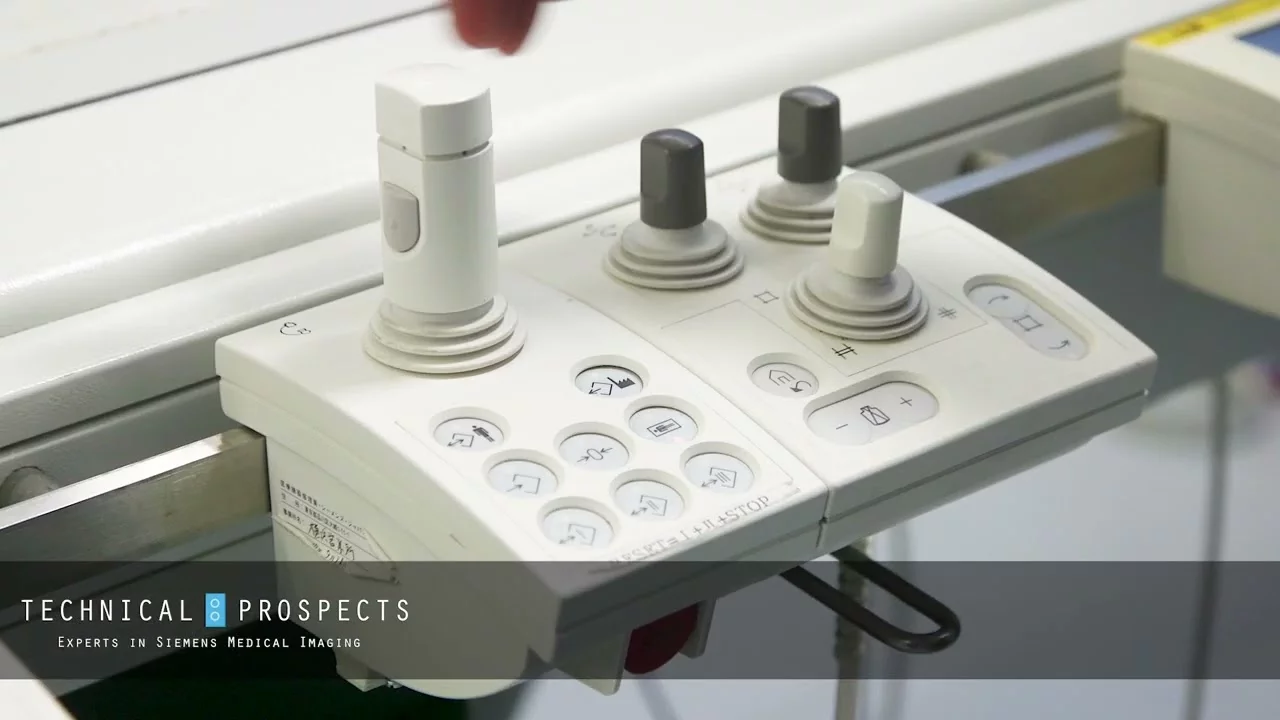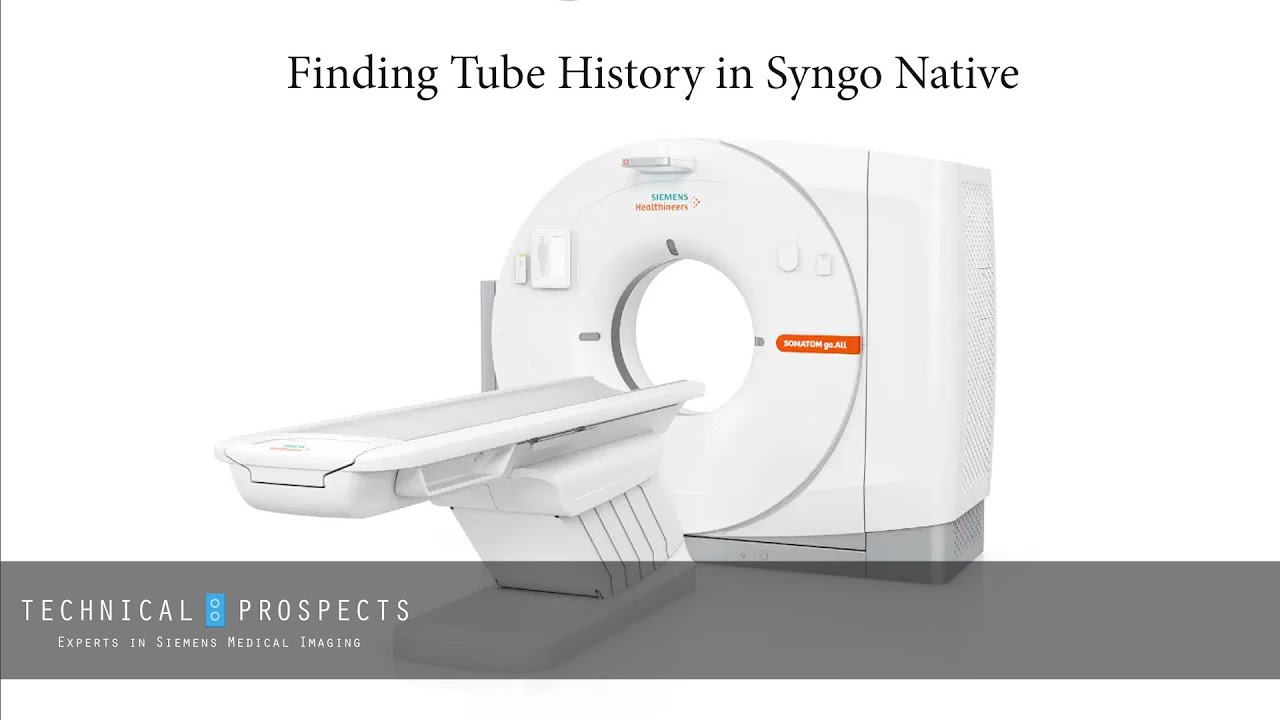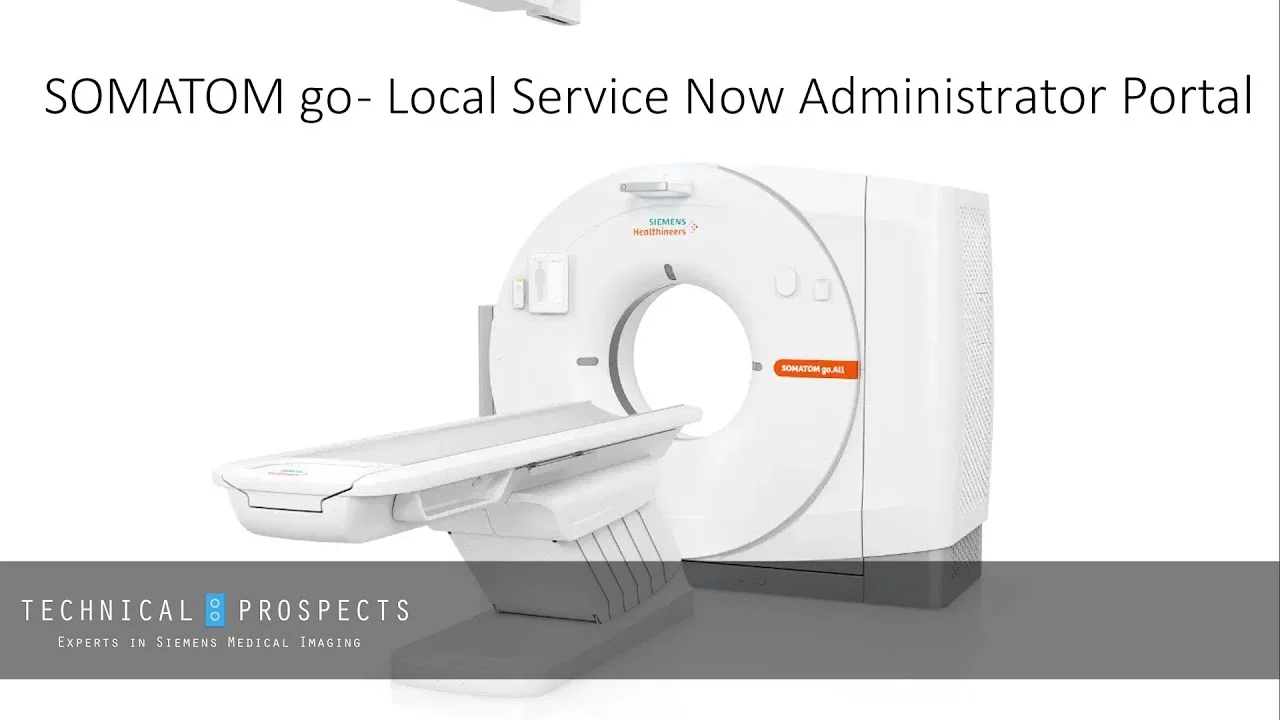In April of 2013, two young men detonated a pair of pressure cooker bombs near the finish line of the Boston Marathon. Three people died and hundreds were hurt in the attack.
The injured were rushed to nearby medical facilities, including Brigham and Women’s Hospital, which received 40 wounded patients. According to the Radiology Society of North America (RSNA), 31 of those people required medical imaging services. That included 57 X-rays and 16 CT scans.
As a Level 1 trauma center, Brigham and Women’s Hospital was required to have 24-hour access to radiology equipment, and these systems were extremely helpful in the process of handling a chaotic, massive emergency. Dr. John Brunner was working as a radiologist on the trauma center team at the time of the Boston Marathon bombing.
“Imaging is one of the best ways to decide who needs attention most quickly,” explains Dr. Brunner. “The use of shrapnel-laden explosive devices resulted in extensive shrapnel injuries that required evaluation with X-ray and computed tomography, or CT.”
“Hospitals need to have emergency operations plans in place, and emergency radiology is a crucial component of that preparedness,” adds Dr. Aaron Sodickson, director of emergency radiology at Brigham and Women’s. “When an event occurs, it is important to direct a critical eye to the plan’s operation in order to refine it for the future.”
Doctors Brunner and Sodickson led a team of researchers who evaluated the role medical imaging plays in emergency response. The Boston Marathon bombing was used as a case study, and the findings were published in Radiology, June 2014.

Aftermath of the Boston Marathon Bombing, April 15, 2013. Credit: Aaron Tang.
During the response to the bombings, the report states that the trauma team faced issues surrounding staffing, communication, workflow, and equipment availability, which had to be addressed in real-time by radiologists, radiology technologists, and others. The report concludes that:
“While the surge in imaging utilization after the Boston Marathon bombing stressed emergency radiology operations, analysis of the process enabled us to identify successes and opportunities for improvement in ongoing emergency operations planning. Evaluation of each step in the imaging process may be useful to improve disaster planning after a mass casualty event.”
In addition to planning for disastrous events such as this, being prepared includes ensuring you have reliable, operational equipment. If there is an emergency involving multiple patients, and a key medical imaging system in the trauma center is down, it will add to the chaos and confusion of the moment. Worse yet, it delays the diagnosis of people who desperately need help.
The Big Picture: Why Effective Trauma Centers Matter
According to the National Trauma Institute, traumatic injuries are the number one cause of death for people under the age of 46. Traumas account for 30 percent of all deaths in the United States each year, surpassing both cancer and heart disease. Trauma center teams save lives!
The American Trauma Society (ATS) explains that if your facility is designated a Level 1 or Level 2 trauma center, it is required to provide round-the-clock access to radiology services. That means having radiography and CT systems that are well-maintained is of the utmost importance. Radiologists cannot do their jobs without functioning equipment, which is needed to diagnose patients.
When a patient’s life is on the line, there is no question that time is of the essence. The sooner the problem is diagnosed, the sooner they receive care. Waiting days for a new medical imaging replacement part to arrive because the first one didn’t work when installed is unacceptable. Plus, if equipment isn’t functioning properly during a site visit, a facility could lose its certification as a Level 1 or Level 2 trauma center.
You need confidence that your imaging systems will be ready. And, you need those systems repaired as soon as possible when there are problems, because you never know when they will be needed next.
Whether you rely on engineers from the manufacturer of your medical imaging systems, use an independent service organization (ISO), or have in-house experts who can service and repair equipment, it is crucial for these imaging engineers to have the resources and support they need.
At DirectMed Imaging, we realize that the imaging engineers who work on medical imaging systems play an irreplaceable supporting role to the healthcare professionals who respond to emergencies. That’s why it is our mission to stand behind them and the work they do.
A Partner for Your Siemens Medical Imaging System Needs
The team at DirectMed Imaging regularly reminds each other that we emphasize quality assurance and expertise because of the people who rely on hospitals and trauma centers in times of great need.
We constantly ask ourselves and the engineers who take our training courses, “How would you do the work if it was someone from your family being scanned on that table tomorrow?”
It’s not only tragedies like the Boston Marathon bombing that matter. Every day, there are individuals who receive traumatic injuries due to falls, traffic accidents, domestic violence, and many other unexpected events. That’s why we believe in what we do.
DirectMed Imaging is proud to provide imaging engineers and the healthcare organizations they serve with quality-assurance-tested Siemens medical imaging parts that have a lower DOA rate than OEM parts. We offer free, 24-hour technical support for Siemens imaging systems, even if you’ve never ordered from us. And, we provide hands-on training with Siemens equipment for many modalities and models.
It takes a team of people to make sure a Level 1 or Level 2 trauma center is ready for the worst. In addition to the radiologists, surgeons, nurses, and other healthcare professionals, there are first responders as well as imaging engineers working behind the scenes.
DirectMed Imaging is prepared to support your team however we can by providing reliability at the moment of truth. Contact us today to learn more.
